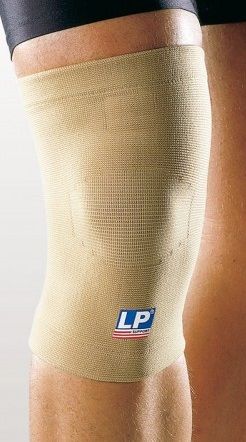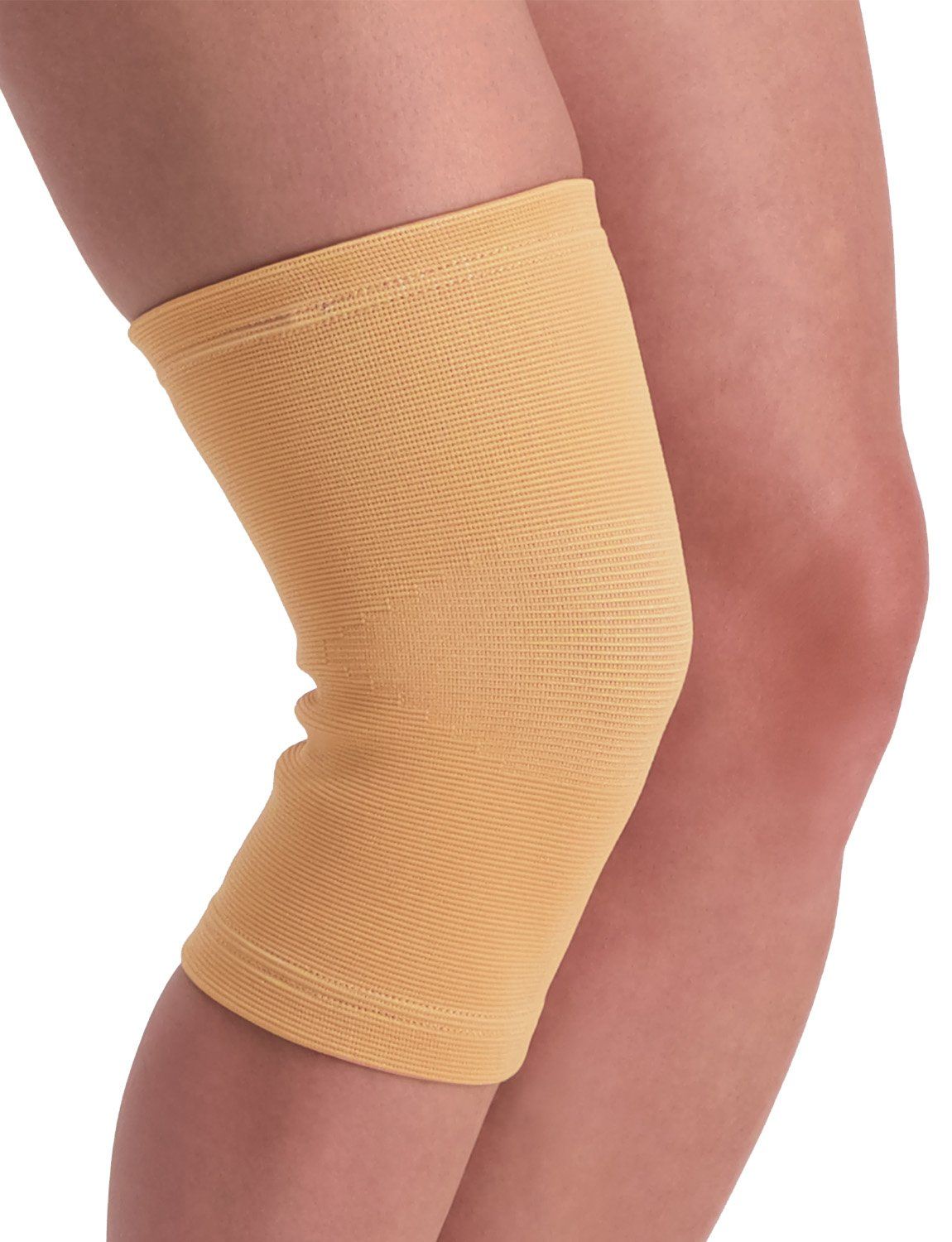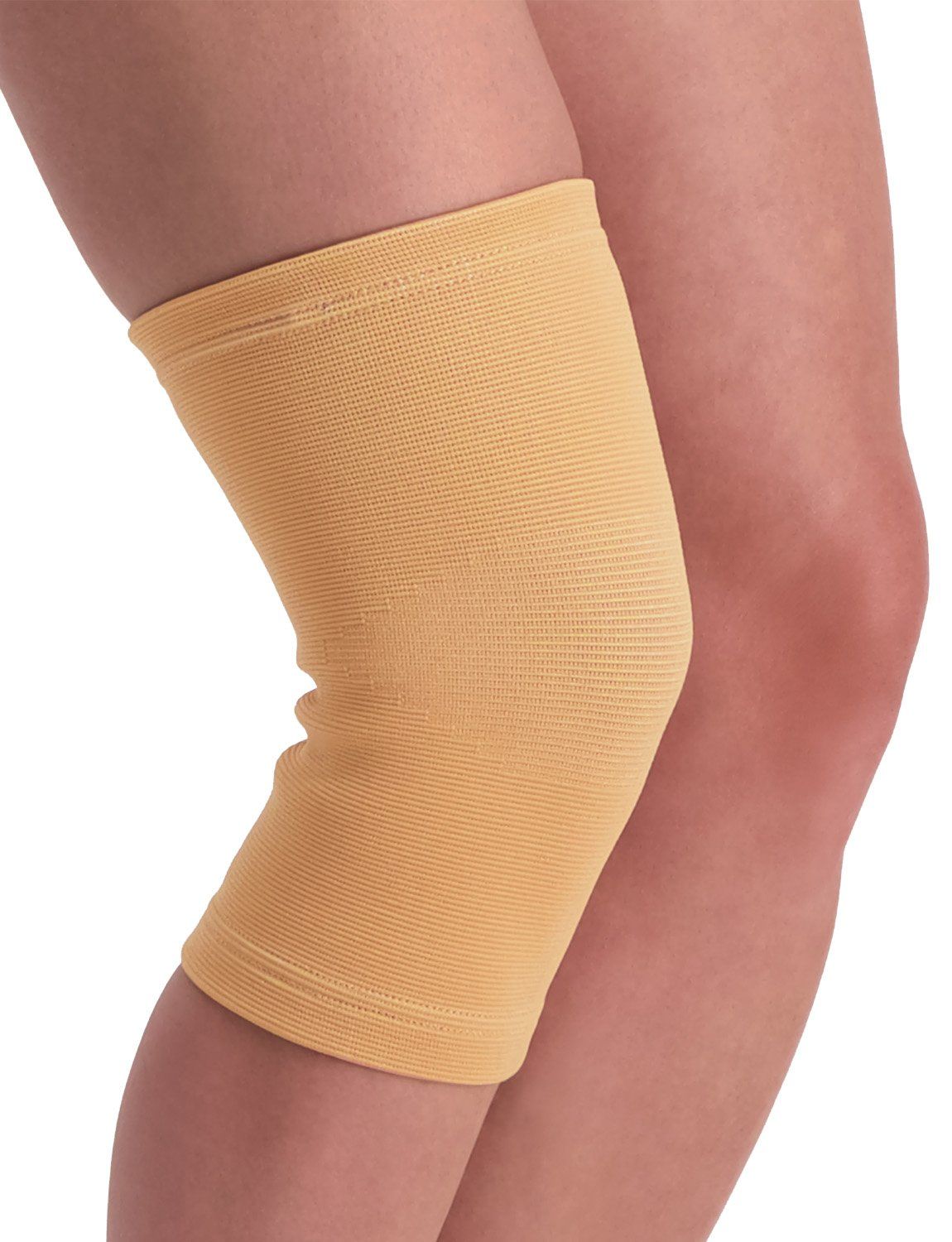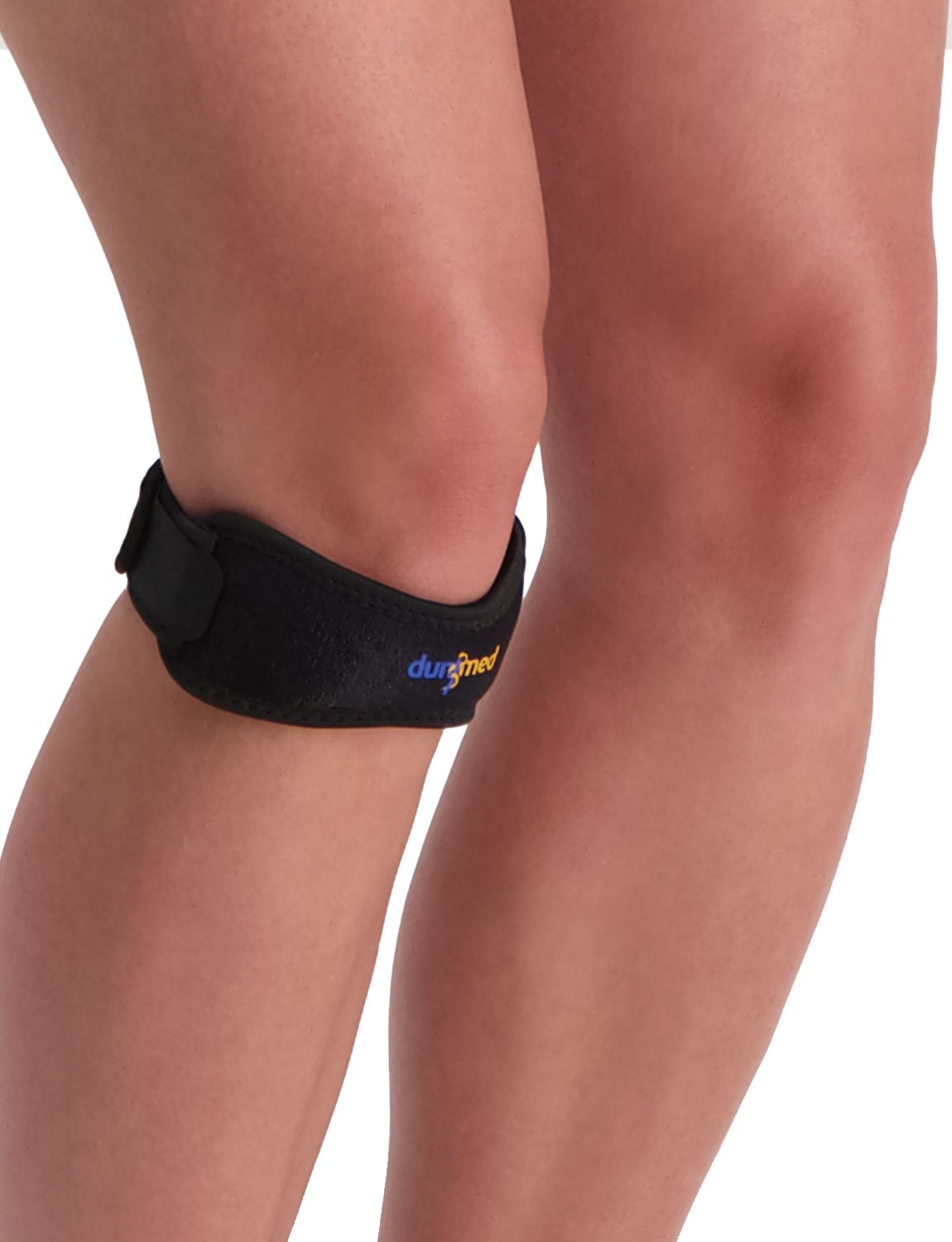Bursitis in the knee
Bursitis in the knee occurs in front of the kneecap. It is an accumulation of fluid in the knee. It is important to treat the knee as soon as possible. This is because bacteria can get into the knee, and you may experience a lot of pain. Want to know more about bursitis? Read on to find out more.
What is bursitis?
Bursas are a kind of pouches filled with lubricating fluid. These sacs are located where tendons move over a hard substrate, such as bone. The sacs are also located in the knee. The bursa can become inflamed if there is too much pressure on the knee.
Do you often work on your knees, or have you fallen hard? Then the sacs can become inflamed. Is your knee bothering you? Read the symptoms below to diagnose it.
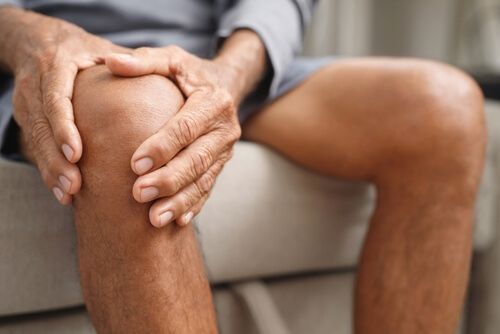
How do you recognise bursitis in the knee?
There are several symptoms by which you can recognise that you suffer from an inflamed knee. It is important to treat pressure on the knee, as the consequences can be serious. Check for yourself if you suffer from any of these symptoms:
- Pain and tenderness in the knee
- Swelling and redness around the knee
- Restricted movement and stiffness
- Warm feeling around the knee and fever
Do you have a fever? If so, don't wait several weeks and consult a doctor immediately. There may be an infected bursitis. This should be remedied as soon as possible.
What are the causes of bursitis in the knee?
There are several causes of bursitis in the knee. Think about what could be causing the pain in your knee. With this information, the doctor or physiotherapist can devise a specific treatment plan. Causes that can trigger bursitis:
- A lot of pressure on the knee
- A hard fall or blow
- Overuse
- Infection affecting the bursa
- Rheumatism, gout or other inflammatory diseases
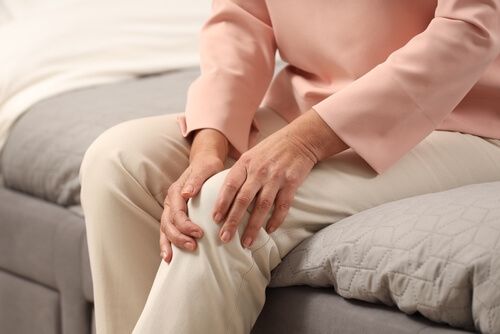
Diagnosis of bursitis
There are several ways to recognise bursitis in the knee. You can check for yourself whether you suffer from the aforementioned symptoms.
In doubt and want help as soon as possible? Then visit your GP or a physiotherapist. The doctor can do an MRI or ultrasound of the knee. This way, you can easily see if you suffer from inflammation in the knee.
What to do about bursitis in the knee?
There are several options you can consider when dealing with bursitis in the knee. Not had the chance to consult a physiotherapist or doctor yet? If so, there are a number of steps you can take to relieve pressure on the knee.
Home treatments
It is important to treat the knee properly to prevent further infections. You are further from home if you get an infection in the inflammation. So make sure you take the following steps at home to treat the knee:
- Apply the R.I.C.E. method: rest, ice, compression and elevation
- Take anti-inflammatory medication, such as ibuprofen or paracetamol
- Wear a knee brace for support
Professional treatments
After talking to the doctor, the doctor may consider different treatments. Consult the doctor about which treatment is best for your situation. Treatments the doctor may consider:
- An injection
- Puncture to remove fluid (in case of severe swelling)
- Antibiotics
- Surgery
- Referral to physiotherapist for exercises

Prevention of bursitis in the knee
Some groups have a higher risk of bursitis, such as people with physical occupations, athletes and the elderly. If you belong to any of these groups, it is important to pay attention to these points:
- Avoid prolonged kneeling or squatting
- Use knee pads during strenuous activities
- Exercises and stretching improve strength around the knee
- Schedule sufficient rest
Do you belong to a high-risk group?
There are several high-risk groups that are more likely to suffer from bursitis in the knee. For example, if you sit on your knees a lot while working. The different risk groups for bursitis in the knee:
- Athletes, such as judokas, goalkeepers, footballers and volleyball players
- People with physically demanding occupations, such as tilers, gardeners and bricklayers
- Elderly people with joint disorders
- People who have suffered from gout or rheumatism in the past
When have you recovered from bursitis in the knee?
If you have taken 4 to 6 weeks of rest, the symptoms should be gone. Are you still experiencing symptoms, such as a thicker or redder knee? Or are you getting a fever? If so, call your GP immediately.
Did you just suffer from knee pain and think you have bursitis? At Podobrace, we have various knee braces that support and help alleviate this complaint. Not sure which brace you need? Get in touch with our team of specialists. We will be happy to help you support your symptoms.




